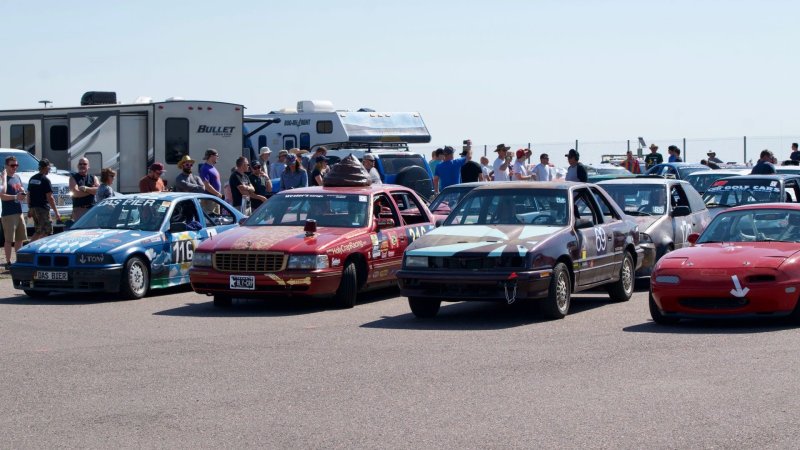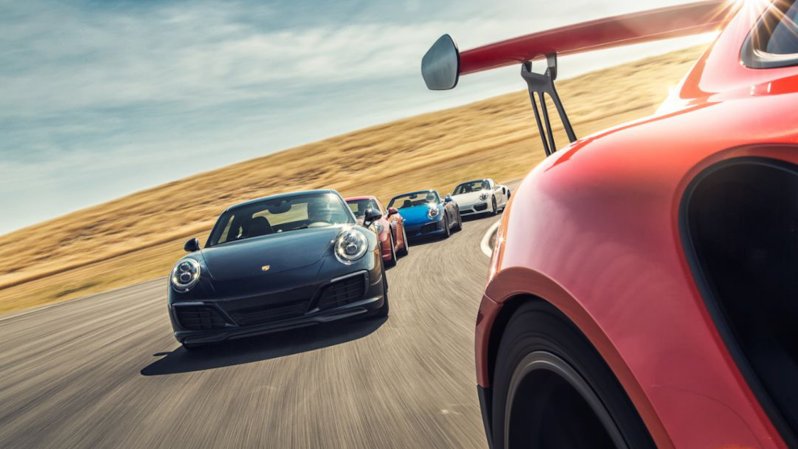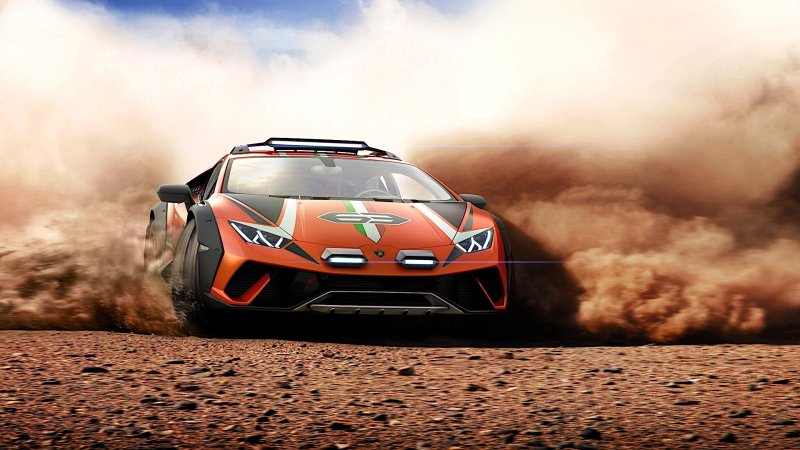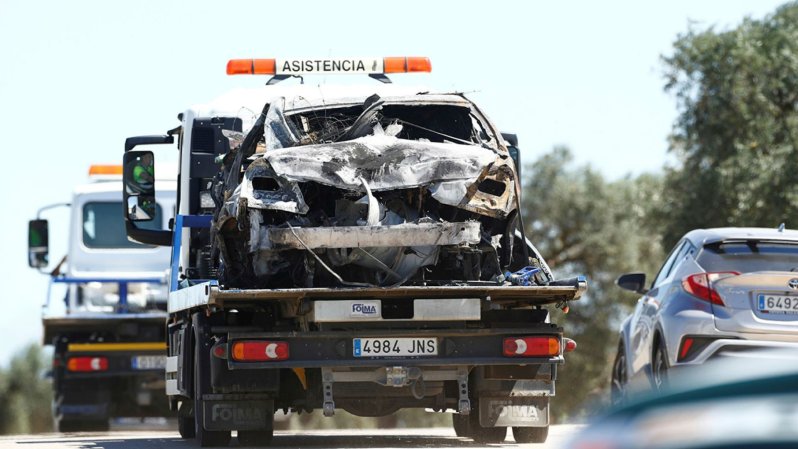

If you’ve ever watched a 24-hour automotive race, you know it can be a grueling ordeal. For everyone: Fans, reporters, pit crews, corner workers, even hot dog vendors. And presumably, drivers, too. (though those guys are animals; they live for this sort of thing.)
But pity the poor motorsports photographer, as well, in your sympathetic musings. Think about it: They must wander the entire track for 24 straight hours, struggle to find the best spots, tussle with other shooters, and try to shoot the familiar cars in fresh ways while still struggling to keep up with the action so they know who’s hot and who’s not out on the track. It’s tough work.
Jamey Price knows this quite well. The veteran motorsports photographer spends his year trotting around the globe capturing racing events, including the epic 24-hour races that try men’s (and women’s) souls. The North Carolina resident just released a 12-minute documentary showing what it’s like to photographically cover an endurance race—specifically, the 24 Hours of Spa Francorchamps. Give it a watch below, so you can appreciate what those folks go through to bring you brilliant, vibrant images of the action.

If watching his film makes you want to get in on that action and start wielding you camera a bit more seriously at your next race—well, who could blame you? But where to start? The Drive asked Price for some tips that you can use no matter whether you’re shooting with your smartphone or a pro-grade DSLR with a massive lens on it. Here’s his best advice:
1) Use your smartphone as nature intended
There’s nothing wrong with using your cell phone as a camera, Price says—and in fact, it’s an excellent option for most of us. It’s easy to carry around, and relatively uncomplicated. Plus, with lens attachments from companies like Olloclip and Moment, your cell phone can produce stunning results. However, it does have limitations.
“First off, don’t even bother zooming in on your phone,” Price says. “The quality drops tremendously. Treat your cell phone like a fixed focal length lens. Take pictures of details. Fans. The cars in the paddock. The track. Do the best you can with what you have. Kneel down and get your phone low to the ground, or hold it high above your head. Try something different to make a nice photo. I have seen plenty of people make very, very, very nice photos with a cell phone.”












2) Focus on light
If you want to step up from the smartphone, a crop-sensor DSLR and lens kit is the usual next step. (Crop sensor means the sensor is smaller than a 35mm film frame; most professionals shoot with full-frame cameras.) To maximize shooting with these, learn about light.
“Shoot in manual mode,” Price says, adding that using the Aperture, Shutter, Program modes can just be confusing at first. “The more you learn, the more you get comfortable and the more you can do with the camera. Then start to practice the basics of panning by following a moving object with a slow shutter speed 1/100 or slower and get the feel for it. It takes lots and lots of practice. But again, stick to what’s around you. Shoot wide, shoot tight. Shoot the details. Use the light to make interesting photos.”





















3) Level up
Price notes that even people with $20,000 kits can produce average images. What’s key is that you learn how your camera works and become strategic about its capabilities. “Learning how light effects an image and how shutter speed changes a photo is the best way advance your photography,” he says. “If you have long lenses, don’t be afraid to shoot through a fence. Holding the lens right up to a fence, shooting at wide apertures—that is, low f-stops—will make the fence literally disappear.”
Also, practice panning at much slower shutter speeds than the 1/100 you might start out with—working down from 1/80 to 1/20, and getting used to feeling the camera and lens in your hand. “Perfect your balance with your feet shoulder-width apart, and feel the ‘swing’ as you follow a moving object. Keeping your eye square on the part of the car you want sharp—usually the helmet in open-cockpit racing or the number panel for sports cars. If you have great gear, there are no excuses for not learning to use it to it’s full potential.”





































